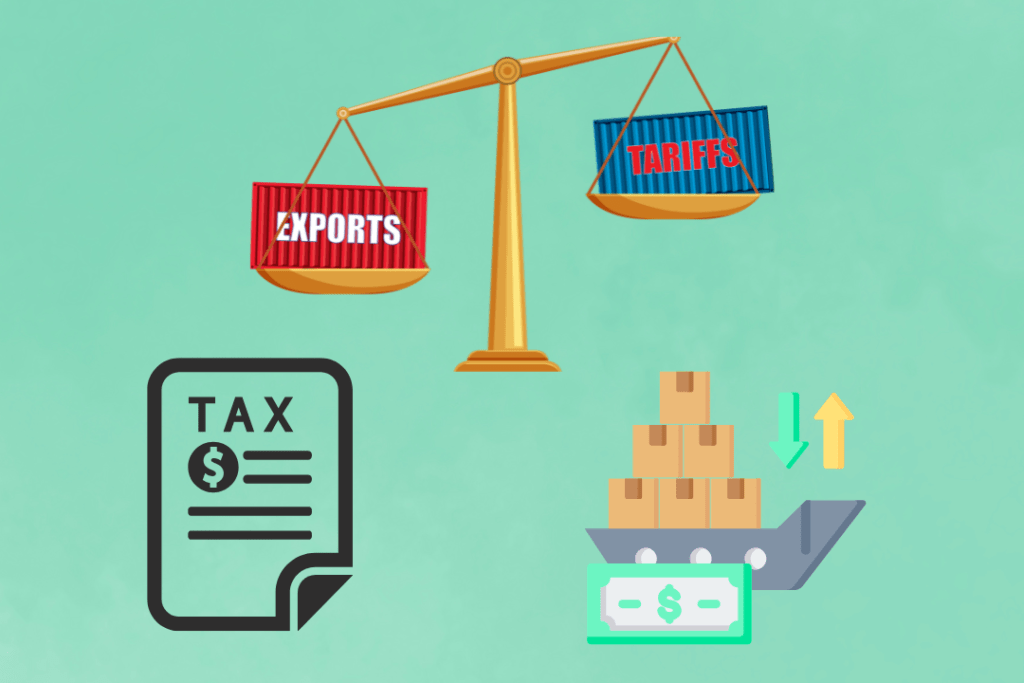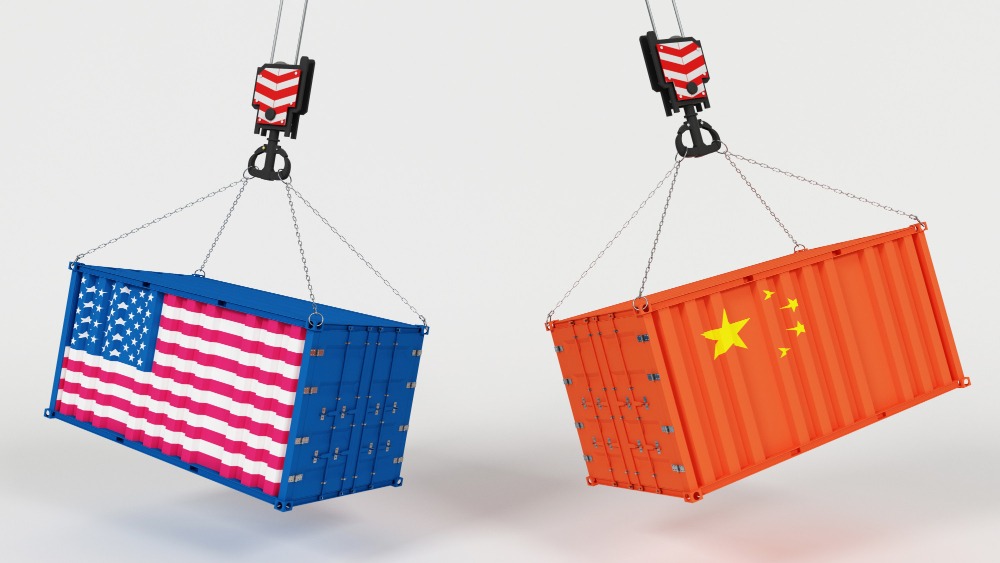The word “tariff” might sound like boring financial jargon, but when the U.S. changes its tax arrangement, the entire world feels it. Whether you’re a trade proprietor, a buyer, or somebody who follows worldwide patterns, the 2025 U.S. taxes are worth considering. Why? Since they influence everything—from the cost of your favorite smartphone to how nations connect worldwide.
Let’s break down the 2025 United States tariffs, what they imply, and how they might influence you.
What Are Duties, Anyway?
Tariffs are essentially charges that one nation forces on imported merchandise from another nation. The thought is to make outside items more costly so that locally made products have a superior chance of competing. Sounds straightforward, right? But in reality, it’s a complicated move of legislative issues, financial matters, and worldwide strategy.
Why Are Taxes Back in the News in 2025?
Fast forward to 2025, and the Joined-together States is again shaking up its exchange amusement. After a long time of facilitating exchange pressures, the current organization has chosen to impose—or in a few cases, increase—tariffs on a few nations, most outstandingly China, Mexico, and parts of the European Union.
So why now?
Several components are driving the change:
A thrust to bring fabricating back to American soil
National security concerns almost tech imports
Trade lopsided characteristics with major economies
Political weight to secure American jobs
Key Segments Influenced by the Modern Tariffs

Innovation and Electronics
This is an enormous one. Duties on Chinese semiconductors and hardware are being reintroduced or raised, which implies that the fetched of contraptions like smartphones, tablets, and TVs may go up in 2025.
Automobiles
New taxes on European electric vehicles (EVs) are being featured. This move is planned to grant American-made EVs a better shot at ruling the market.
Steel and Aluminum
Expect proceeded duties on steel and aluminum imports from a few nations. The point is to ensure U.S. businesses, but it seems to lead to expanded costs in development and manufacturing.
Agriculture
Some nations have as of now imposed retaliatory taxes on U.S. Agricultural goods like soybeans, corn, and meat, which could end up being caught in the middle of the trade battle.
China and the U.S.: The Exchange War Reloaded?

The U.S.-China relationship has continuously been a high-stakes chess coordinate. In 2025, things are warming up again.
The Trump organization at first looked for soundness, but by this year, political weight and national security issues have pushed the White House to take a harder position. Taxes on Chinese tech and vitality items are a portion of a broader procedure to decouple from Chinese supply chains.
China, on the other hand, isn’t remaining calm. They’ve as of now signaled countermeasures that may hit American agriculturists and high-end trades like aircraft.
What Does This Mean for American Consumers?
Here’s the difficult truth: Taxes frequently lead to higher costs for consumers.
Think approximately it this way: if your favorite phone brand presently pays 15% more to consequence parts from China, figure who closes up covering that taken a toll? Yep—you. From hardware to dress to indeed nourishment, 2025 might bring a recognizable uptick in costs if companies choose to pass the costs on to consumers.
Impact on Little Businesses
Small and medium-sized businesses, particularly those that depend on imported parts or merchandise, may feel the pinch. Expanded costs and supply chain disturbances are, as of now, causing a few commerce proprietors to reconsider their providers or, indeed, raise costs to remain afloat.
How Are Huge Enterprises Responding?
Big-name enterprises like Apple, Portage, and Common Engines are, as of now, moving pieces around the board. A few are moving their generation to other nations like Vietnam or India to maintain a strategic distance from Chinese duties, whereas others are multiplying down on residential fabricating to adjust with U.S. incentives.
The Part of Retaliatory Tariffs
Other nations aren’t fair sitting by and observing. Numerous have threatened—or as of now implemented—retaliatory taxes against U.S. products. That implies American exporters might confront soak costs when offering merchandise abroad, which seem to lead to work cuts or scaled-back generation at home.
The Political Angle
Let’s be real—tariffs are as much around legislative issues as they are around financial matters. With the 2026 midterm elections approaching, the current organization is energetic to win over working-class voters in swing states by “standing up for American jobs.”
While a few commend the move as an enthusiastic thrust for autonomy, others criticize it as protectionist and unsafe for the long-term well-being of the U.S. economy.
What Do Financial Specialists Say?
Ask ten financial analysts approximately their duties, and you’ll get ten diverse answers. But numerous experts concur on one thing: whereas duties might offer short-term alleviation for a few businesses, they regularly lead to higher costs, exchange wars, and long-term inefficiencies.
Some financial specialists contend that way better arrangements incorporate development motivations, workforce improvement, and universal collaboration.
Will Taxes Lead to Inflation?

Tariffs include additional costs to imported merchandise. If those costs are passed on to customers, we may see a wave of unused swelling in 2025. Whereas expansion rates had cooled off in later a long time, a few examiners caution that this year’s duty changes may mix the pot again.
Opportunities Covered up in the Chaos
It’s not all fate and despair. A few U.S. producers might benefit from diminished remote competition. New companies that specialize in nearby sourcing, coordinations, or green fabricating may flourish in this modern tariff-driven economy.
How Ought You to Prepare?
If you’re a customer, be keen on almost spending—shop nearby when conceivable and keep an eye on cost trends.
If you’re a commerce proprietor, presently is the time to:
Reevaluate supply chains
Diversify your suppliers
Explore household fabricating incentives
The Worldwide Swell Effect
The joined-together States doesn’t work in a vacuum. The 2025 tax arrangements are, as of no,w impacting worldwide markets. Nations like India, Brazil, and Southeast Asian countries may be advantageous as elective providers. In the interim, worldwide financial specialists are keeping a close eye on money vacillations, exchange courses, and product prices.
Conclusion: A High-Stakes Adjusting Act
The 2025 U.S. duties check a strong move in exchange arrangement, and the impacts are as of now being felt at domestic and overseas. Whereas the objective is to ensure American occupations and businesses, the real-world effect incorporates higher costs, supply chain disturbances, and political pressures. Whether you’re a customer, a commerce proprietor, or fair somebody who buys stuff (so… all of us), it’s a great thought to keep tabs on what’s happening. Like it or not, duties touch each portion of our lives.
FAQs
Are all imported goods affected by the 2025 U.S. tariffs?
No, not all. Taxes are focused on particular segments like gadgets, steel, automobiles, and certain tech items. Numerous regular imports stay untouched—for now.
Will these taxes offer assistance to the U.S. economy?
In the short term, a few businesses might gain an advantage. But long-term financial effects depend on how worldwide accomplices respond and how well the U.S. adjusts its fabricating capabilities.
How long will these taxes last?
There’s no set close. Tax arrangements frequently alter with political shifts, so future races or financial changes might invert or alter them.
Can businesses dodge tariffs?
Some can. Methodologies incorporate sourcing materials from tariff-free nations or expanding residential generation. Be that as it may, not all businesses can manage to make those shifts quickly.
Will buyers see cost climbs immediately?
Some might. Particularly in hardware and vehicles, where imported components are key. Others may feel the impacts slowly, depending on how companies alter their estimating.



